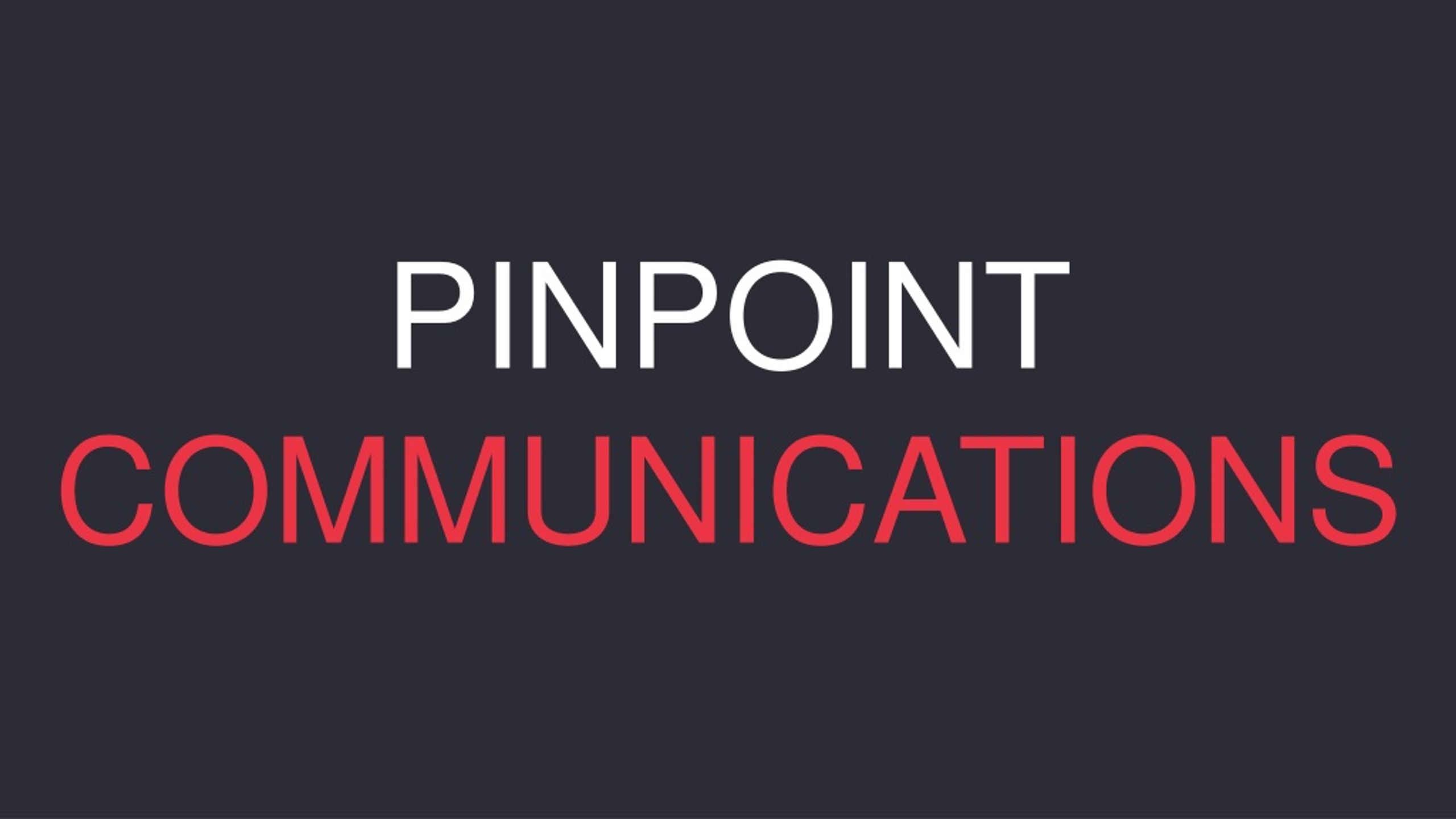
Improve your relationships with your manager and coworkers
#PINPOINT COMMUNICATIONS PROFESSIONAL#
We use our communication skills in a variety of ways in our professional lives: in conversations, emails and written documents, presentations, and visuals like graphics or charts. Communication skills are essential, especially in the workplace, because they can: In either case, it's a good idea to make sure your visuals are clear and strengthen what you're sharing. Often, visuals may accompany a piece of writing or stand alone. Lastly, visual communication means using images, graphs, charts, and other non-written means to share information. Really, verbal communication and body language must be in sync to convey a message clearly. You can cultivate strong non-verbal communication by using appropriate facial expressions, nodding, and making good eye contact. The messages you communicate to others can also take place non-verbally-through your body language, eye contact, and overall demeanor. Taking time to actively listen when someone else is talking is also an important part of verbal communication. This can be informal, such as chatting with coworkers about an upcoming deliverable, or more formal, such as meeting with your manager to discuss your performance. Verbal communicationĬommunicating verbally is how many of us share information in the workplace. We often write as part of our job, communicating via email and messenger apps like Slack, as well as in more formal documents, like project reports and white papers.Ĭonveying information clearly, concisely, and with an accurate tone of voice are all important parts of written communication. Writing is one of the more traditional aspects of communication.

Your communication skills will fall under four categories of communication. In this article, we'll go over what communication skills at work look like and discuss ways you can improve your skills to become a more effective communicator. Everything from your facial expression to your tone of voice feeds into communication.

While it might seem like communication is mostly talking and listening, there’s more to it than that.
.jpg)
When you deliver a presentation at work, brainstorm with your coworkers, address a problem with your boss, or confirm details with a client about their project, you use communication skills. They're an essential part of developing positive professional relationships. Communication involves conveying and receiving information through a range of verbal and non-verbal means.


 0 kommentar(er)
0 kommentar(er)
